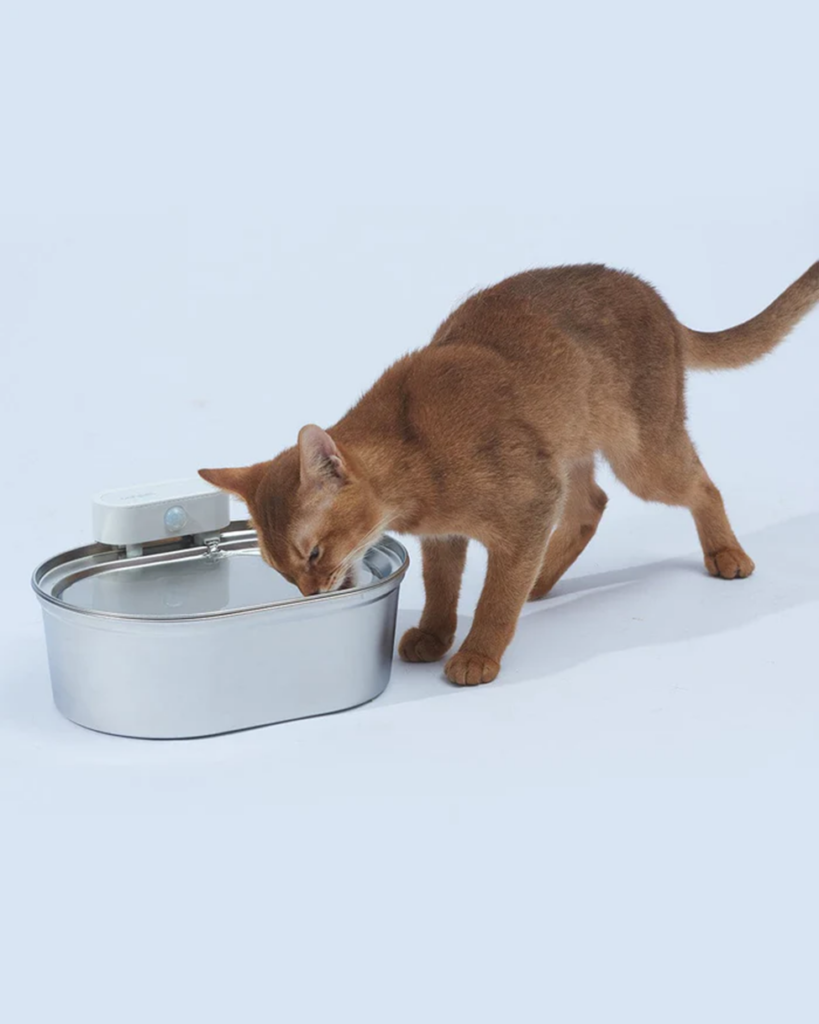Hot tubs are a luxurious addition to any home, providing comfort, relaxation, and health benefits throughout the year. However, what many homeowners overlook is the importance of installing proper electrical wiring. While a hot tub may seem like a simple unit from the outside, it involves complex electrical systems that require careful handling. Faulty or improper wiring can lead to a range of long-term issues, some of which may not be immediately noticeable but can cause significant damage over time. From damaging the tub’s internal components to increasing safety hazards, such as electrical fires or electrocution, the risks are too great to ignore. We will explore how having your hot tub professionally wired not only ensures safety from day one but also helps avoid long-term expenses and structural damage in the years to come.
Why Proper Hot Tub Wiring Matters for Longevity and Safety
1. Prevents Internal System Failures
When a hot tub is not wired correctly, the electrical supply may be inconsistent or unstable. This can result in frequent power surges or voltage drops, both of which are harmful to the internal electrical systems of the hot tub. Pumps, heaters, and filtration units rely on a stable and accurate voltage to function efficiently. A slight imbalance may not exhibit immediate signs of malfunction but can prematurely wear down components, significantly reducing their lifespan. Hot tub wiring solutions ensure that the voltage and amperage are precisely suited to the hot tub model and that circuit breakers are installed to manage electrical loads effectively.
When installed with the correct gauge of wire and secure grounding, the hot tub is protected from internal failures caused by fluctuating electricity, thereby preventing avoidable damage in the long term. Skipping professional installation or attempting a DIY setup often results in mismatched electrical configurations, which may work in the short term but strain the hot tub’s internal mechanisms over time.
2. Reduces Fire and Shock Hazards
Safety should be the highest priority when installing any electrical equipment, and hot tubs are no exception. Water and electricity are a dangerous combination when not handled with care, and improper wiring greatly increases the risk of fires or electric shocks. Professional installation incorporates essential safety features such as ground fault circuit interrupters (GFCIs), proper grounding, and waterproof conduits. These components are not just technical add-ons—they are lifesaving measures that drastically reduce the risk of accidents. Without proper GFCI protection, any imbalance in the electrical current can result in a shock to users or even ignite nearby materials.
Over time, the deterioration of unprotected wiring—especially in outdoor settings exposed to moisture and varying temperatures—further heightens the risk. A professional wiring job accounts for local codes, safety regulations, and environmental considerations, minimizing potential threats and ensuring both people and property are secure for the future.
3. Maintains Manufacturer Warranty and Compliance
Most hot tub manufacturers include strict requirements in their warranties regarding installation and maintenance, and improper wiring can void these warranties immediately. In the event of a malfunction or failure, a warranty claim could be denied if the wiring was not done by a qualified professional. This is particularly important when dealing with expensive components, such as heaters or control systems, which are often among the first parts to fail due to improper electrical load.

Moreover, adhering to local building and electrical codes is not just a matter of legality—it ensures that the hot tub is safe and functional for long-term use. Code violations can lead to failed inspections, hefty fines, or mandatory rewiring, all of which become additional costs that could have been avoided with professional service. Proper documentation, compliant wiring practices, and certified installation not only protect your investment but also safeguard your eligibility for future claims or maintenance support from the manufacturer.
4. Improves Energy Efficiency and Operational Costs
One of the hidden costs of incorrect hot tub wiring is poor energy efficiency. A professionally wired hot tub operates more smoothly and efficiently, consuming only the energy it needs without overloading circuits or running inefficiently. When voltage fluctuates or current isn’t delivered properly, the hot tub may struggle to maintain temperature, causing the heater to work harder and draw more electricity than necessary. Similarly, pumps may run inefficiently, resulting in higher electricity bills and accelerated equipment wear and tear.
Over time, these inefficiencies not only increase utility expenses but also contribute to early component replacement. Professional wiring involves careful planning of electrical load distribution to ensure that power delivery is optimized. The result is a hot tub that performs consistently and economically, reducing strain on both your equipment and your monthly utility budget. It’s a long-term benefit that pays off in both performance and cost savings.
Choosing professional hot tub wiring is far more than a matter of convenience—it’s a critical step in protecting your investment, ensuring user safety, and avoiding long-term costs. With proper installation, your hot tub can provide years of uninterrupted comfort, free from internal damage, safety hazards, and costly repairs. By preventing system failures, reducing risks, preserving warranty coverage, improving energy efficiency, and protecting your home’s structure, professional wiring stands as the backbone of a successful and sustainable hot tub experience. Trusting professionals who understand the complexities of hot tub electrical requirements is a decision that supports comfort today and peace of mind tomorrow.



